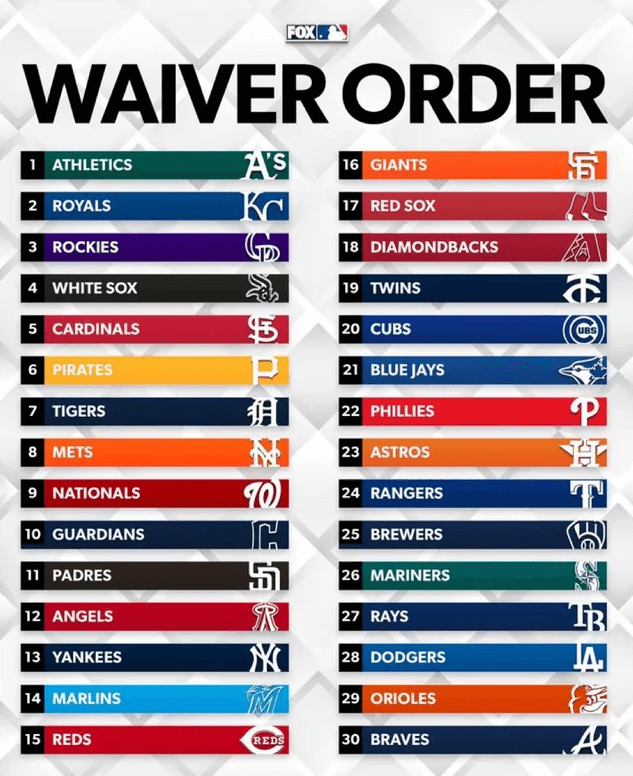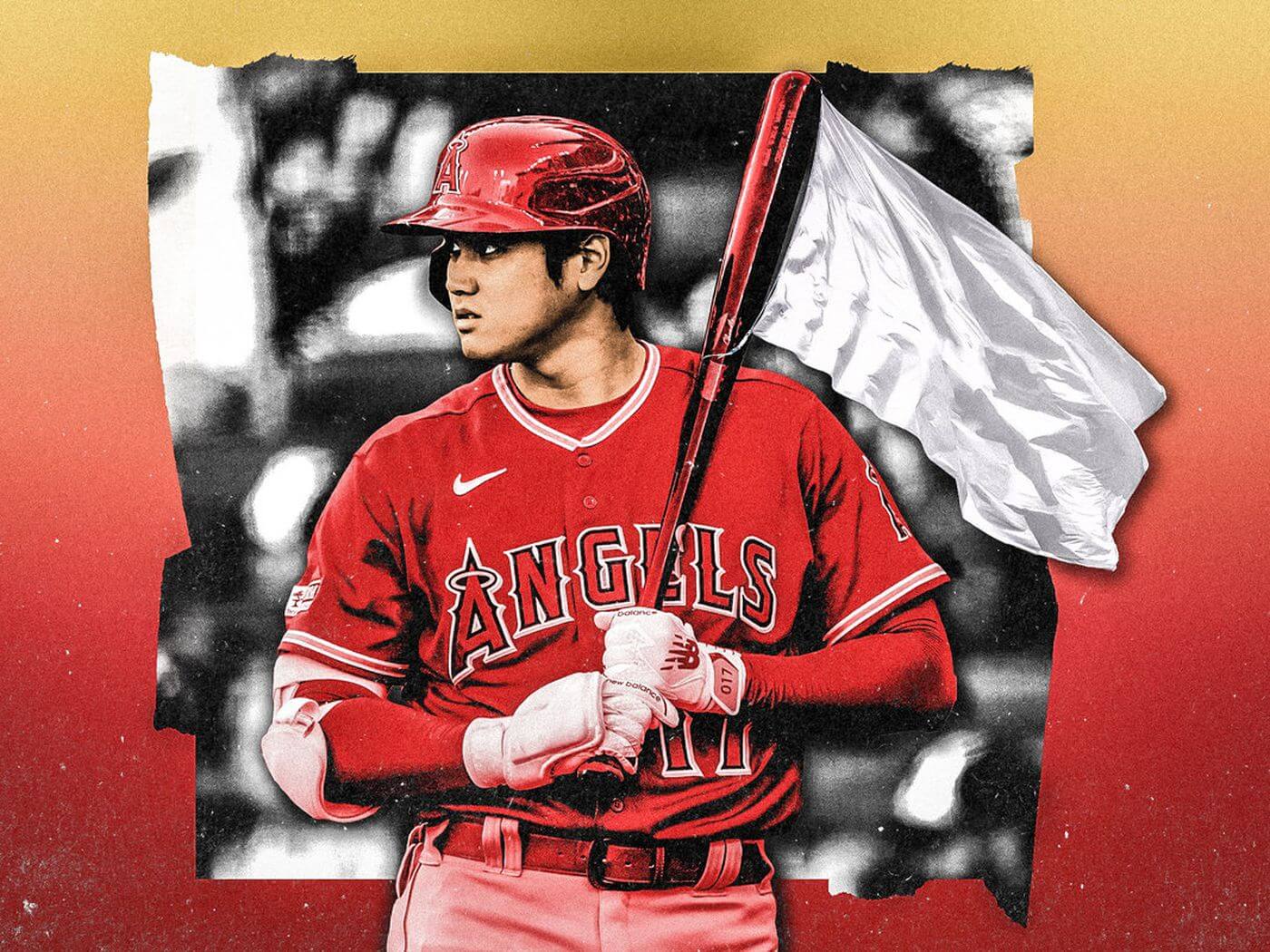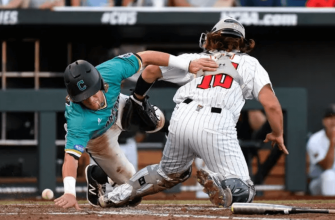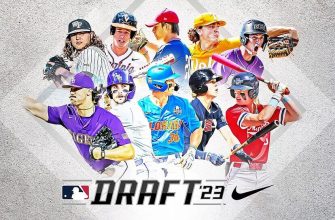Waivers are an important part of Major League Baseball’s rules and regulations around player contracts, transactions, and roster management. At a high level, waivers allow MLB teams to make certain restricted player moves during the league’s specified waiver periods.
Teams must submit a request to the commissioner’s office to place a player on waivers to gauge potential interest from other teams. If a claim is made on a waived player, his current team can either revoke the waiver request, work out a trade with the claiming team, or allow the player to be claimed and join the new team.
Waivers are typically used by teams to try to make trades, release players, or move players between the majors and minors. The rules around waivers and waiver periods help promote competitive balance in the league and prevent large market teams from stockpiling talent.
Types of Waivers

There are three main types of waivers in baseball: outright waivers, release waivers, and trade waiver claims.
Outright waivers allow teams to send a player to the minor leagues after he clears waivers. No other team can claim the player, so the original team retains the rights to the player.
Release waivers make a player a free agent if he clears waivers. This gives the releasing team no more rights to the player. Any team can sign the released player.
Trade waiver claims are used in August before the trade deadline. Teams must put a player on trade waivers before making a trade in August. Other teams can put a claim on the player to block the trade. If only one team claims the player, they can work out a trade. Multiple claims lead to standings-based waiver priority.
The key differences are that outright waivers retain rights for a team, release waivers relinquish rights, and trade waiver claims allow potential trades if a player clears or only one team claims him. Each waiver serves a different purpose related to transactions and roster moves.
When Are Waivers Used?
Waivers are an important part of MLB transactions and come into play in several common situations:
-
Designating a player for assignment (DFA) – When a team wants to remove a player from its 40-man roster, it must first place him on waivers. This gives the other 29 teams the chance to claim that player for $20,000. If the player clears waivers unclaimed, they can be outrighted to the minors or granted free agency.
-
Trades – After the July 31st trade deadline, players must first clear waivers before they can be traded. Teams will often place most of their roster on waivers in August to gauge interest and evaluate potential trades. Players claimed on trade waivers can be pulled back by their original team, allowing them to work out a suitable trade with the claiming team.
-
Outrighting contracts – Teams can also place players on outright waivers to remove a contract from the 40-man roster while still keeping the player in the organization. Like DFA waivers, players must go unclaimed before being assigned to the minors. This is commonly done when teams need to open up 40-man roster spots.
So in summary, waivers are a routine process that allows teams to shuffle their rosters, remove players, evaluate trade options, and outright contracts during the late-season as team needs and situations evolve.
Waiver Order

The waiver claim order is based on the reverse order of the current league standings. Teams with the worst records get first priority on waiver claims. This helps ensure competitive balance by giving struggling teams first access to available players.
Waivers can be either revocable or irrevocable. Revocable waivers allow a team to pull a player back if they are claimed by another team. This allows teams some flexibility in seeing if there is interest in a player without the commitment of giving them up.
Irrevocable waivers mean that if a player is claimed, the original team loses control and the claiming team gets the player. August 31st is the deadline for postseason eligibility, so players must pass through irrevocable waivers by then to be eligible for the playoffs on their new team.
Strategy and Tactics
Strategically using waivers in fantasy baseball leagues can make or break a manager’s season. Deciding which players to claim or not claim requires careful consideration.
Some key strategic aspects around putting players on waivers include:
- Timing waiver drops before or after key events like injuries, call-ups, or demotions to maximize potential claims
- Dropping underperforming players right before they get hot again to allow competitors to claim them
- Dropping good players simply to block competitors rather than to improve your own roster
- Evaluating which categories/positions your team is strongest/weakest in to define waiver priorities
- Not overvaluing waiver claims; sometimes the best move is to stand pat
On the tactical side, managers should closely monitor MLB events, roster moves, and player performances to identify potential waiver targets before their competitors. Setting up customizable alerts for key players can help flag waiver opportunities early.
Being prepared to make quick claims by having a good idea of your waiver order position and understanding your league’s rules around waivers is also important.
Well-Known Examples

Some high-profile players have gone through the waiver process over the years, drawing attention when they become available to other teams. Here are a couple notable examples:
In August 2022, the New York Yankees placed slugger Joey Gallo on waivers after he struggled mightily for them, batting just .159 with 12 home runs in over 100 games. The Dodgers claimed Gallo off waivers and he finished the season in Los Angeles.
Another famous case came in 2009, when the Toronto Blue Jays put star pitcher Roy Halladay on waivers in late August. Multiple teams put in claims on Halladay during the waiver period, including the Phillies and Red Sox. However, the Blue Jays pulled Halladay back off waivers rather than let him go for nothing to another team. Halladay was then traded to Philadelphia after the season.
Waivers in Other Sports
Waivers are used differently across various professional sports leagues in North America. While waivers play a major role in player transactions in baseball, they function differently in other leagues (Wikipedia).
In the NFL, waivers are only required when a player is released from a team during the regular season. Players released in the offseason do not have to clear waivers. In the NBA, players must also clear waivers if released during the regular season, but the waiver period is much shorter (48 hours) compared to MLB’s 47 hour waiver period.
The waiver process works differently in the NHL than the other major sports. NHL teams don’t place players on waivers – instead the league circulates a daily list of players available to claim. Teams have 24 hours to make a claim on a player.
Perhaps the biggest contrast with baseball is that in football, basketball, and hockey, waiver order is based on the standings, unlike MLB where it rotates alphabetically among leagues and last season’s standings. This punitive element does not exist in the other sports’ waiver processes.
Recent Changes
In 2020, Major League Baseball and the MLB Players Association agreed to modify the waiver trading system as part of a new collective bargaining agreement (CBA). Under the previous rules, players had to pass through revocable waivers in order for trades to occur after the July 31st deadline. However, the new CBA eliminated August trade waivers completely.
Now, the only waiver trades that can occur after July 31st involve players who clear outright waivers. Teams can still place players on outright waivers after the deadline, but the player must go unclaimed before being eligible to be traded. This gives non-contending teams more flexibility to make trades in August involving veteran players, while still allowing players to potentially change teams late in the season [1].
The rule changes were intended to create more trading activity in August and make the waiver system less complicated. By removing revocable waivers, there is no longer a month-long process of teams blocking potential trades. The waiver system is now primarily focused on enabling non-contenders to exchange veterans for prospects.
Common Misconceptions

There are a few common misconceptions about how waivers work in baseball:
-
Many fans think that when a player is placed on waivers, he is automatically made available to any team to claim. This is not the case. The player’s current team can revoke waivers during the 48-hour waiver period before another team claims the player.
-
There is a misunderstanding that waiver trades must be completed during the August trade deadline period. However, waiver trades can actually occur anytime during the MLB season until the end of August. The non-waiver trade deadline at the end of July simply marks the last day teams can make trades without needing to pass players through revocable waivers first [1].
-
Some believe that when a player passes through waivers unclaimed, he is free to sign with any team as a free agent. But the player’s current team can actually remove him from waivers and send him to the minors if he has minor league options left.
Conclusion
Waivers play an important, albeit often overlooked, role in roster management strategy in baseball. While seamlessly facilitating player movement between clubs, they introduce elements of strategy, gamesmanship, and luck into transactions.
To recap, waivers come in two main forms: trade assignment waivers in August and outright waivers. Trade waivers allow GMs to solicit offers for players, while outright waivers let teams send players to the minors. Both types follow the same waiver order based on the previous year’s standings.
When making waiver decisions, GMs must balance multiple factors like current performance, salary obligations, roster needs, and long-term plans. Well-timed waiver claims or block attempts can make or break pennant races. Fans have been thrilled and shocked by major August trade deadline moves made possible by waivers, like the Red Sox’s acquisition of Alex Rios in 2009.
While complex, waivers enable fluidity in baseball rosters when it’s needed most. They inject excitement through opportunities for strategy and gamesmanship between GMs. With sound waiver management, teams can bolster their playoff pushes or build for the future. For fans and front offices alike, waivers add fun and intrigue to the game.








